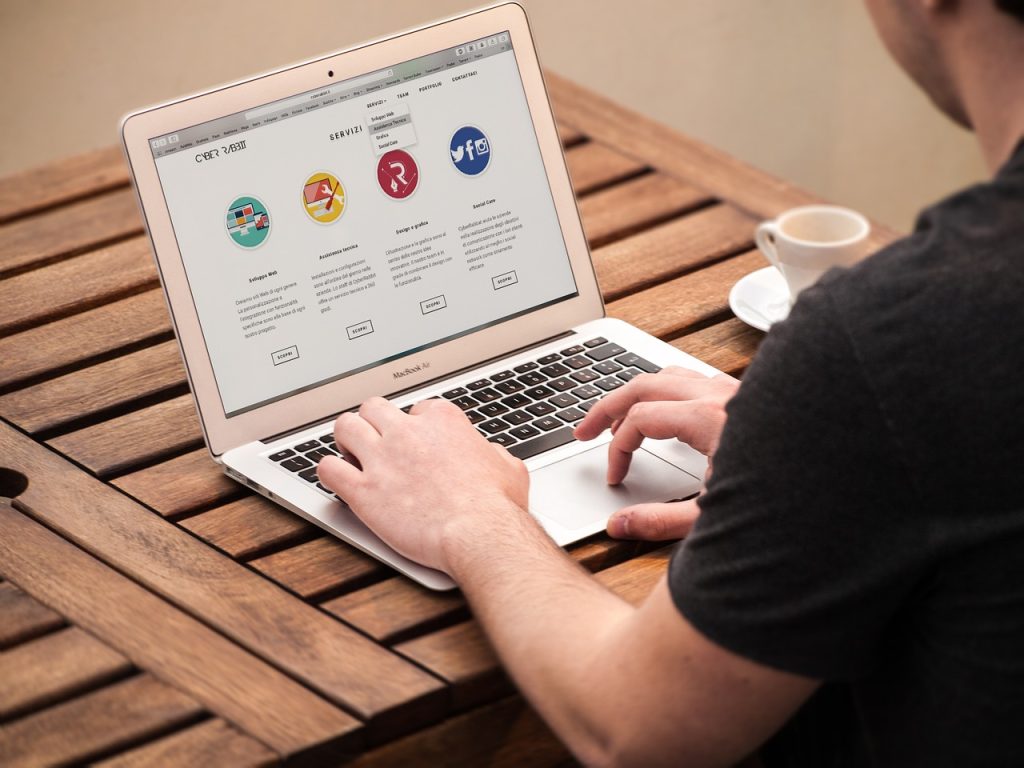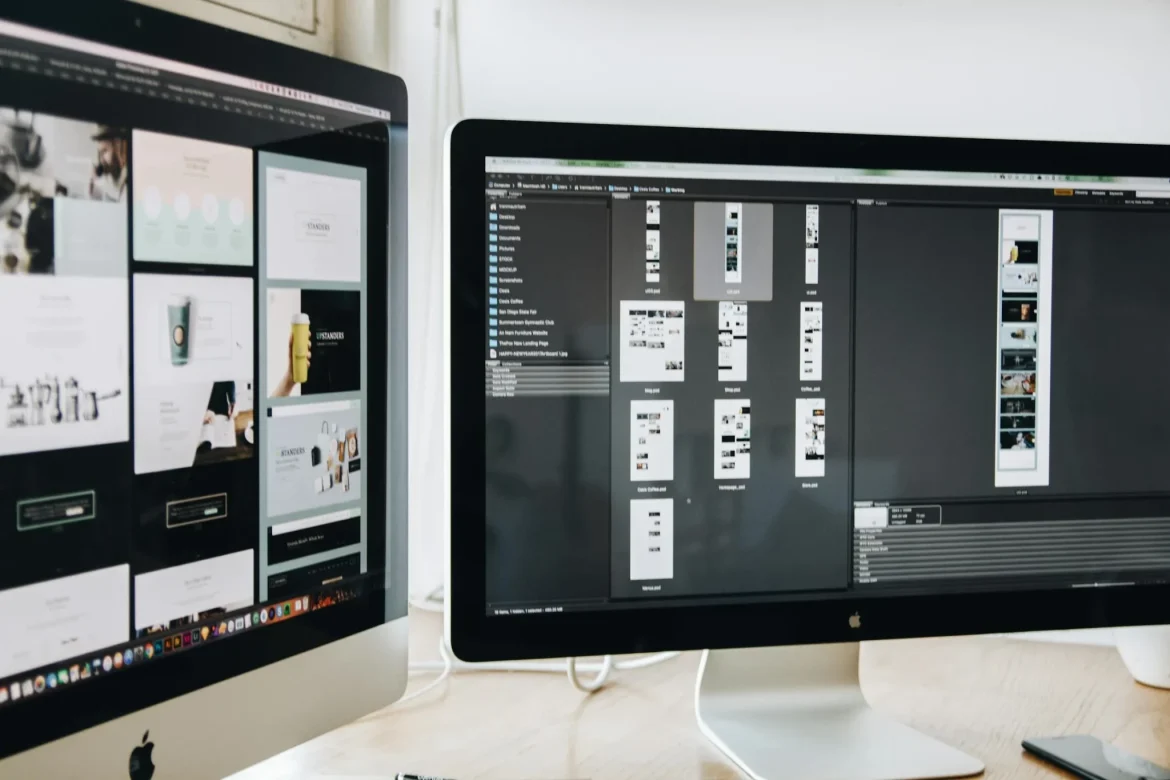In the digital age, an effective web presence is crucial for businesses, organizations, and individuals. Web design solutions encompass a range of strategies and techniques to create, maintain, and enhance websites. This article explores the key aspects of web design solutions, including design principles, benefits, and emerging trends to help you understand how to build a successful online presence.

What Are Web Design Solutions?
Web design solutions refer to the comprehensive strategies and services aimed at creating visually appealing, functional, and user-friendly websites. These solutions cover various aspects of web design, including layout, functionality, and content management.
- Example: A full-service agency offering website design, development, SEO, and ongoing maintenance services.
Key Components of Web Design Solutions
- User Experience (UX) DesignUser Experience (UX) Design focuses on creating a website that provides a positive and seamless experience for users. This involves understanding user needs, behaviors, and preferences to design intuitive interfaces.
- Features: User research, wireframing, prototyping, usability testing.
- Benefits: Enhanced user satisfaction, increased engagement, higher conversion rates.
- Example: Designing a user-friendly navigation menu that helps visitors find information quickly.
- User Interface (UI) DesignUser Interface (UI) Design deals with the visual elements of a website, such as layout, colors, fonts, and buttons. The goal is to create a visually appealing and consistent design that aligns with the brand’s identity.
- Features: Visual design, style guides, responsive design.
- Benefits: Improved aesthetics, brand consistency, better first impressions.
- Example: Choosing a color scheme and typography that reflects the brand’s image.
- Web DevelopmentWeb Development involves the technical aspects of building a website, including coding, programming, and database management. It transforms design concepts into functional websites.
- Features: Front-end development, back-end development, content management systems (CMS).
- Benefits: Functional websites, reliable performance, scalable solutions.
- Example: Developing a website using HTML, CSS, JavaScript, and PHP.
- Search Engine Optimization (SEO)Search Engine Optimization (SEO) is the process of optimizing a website to rank higher in search engine results pages (SERPs). This involves both on-page and off-page strategies to improve visibility and attract organic traffic.
- Features: Keyword research, on-page optimization, link building.
- Benefits: Increased website traffic, better search engine rankings, enhanced online visibility.
- Example: Optimizing content with relevant keywords and improving site speed.
- Content Creation and ManagementContent Creation and Management involve generating, organizing, and maintaining website content. High-quality content engages visitors and supports SEO efforts.
- Features: Content strategy, copywriting, content updates.
- Benefits: Engaging visitors, supporting SEO, providing valuable information.
- Example: Writing blog posts, creating product descriptions, and managing media files.

Benefits of Web Design Solutions
Effective web design solutions offer numerous advantages for businesses and individuals. Here are some key benefits:
- Enhanced User ExperienceGood web design solutions prioritize user experience, making it easy for visitors to navigate the site and find information.
- Benefit: Increases user satisfaction and encourages repeat visits.
- Example: An e-commerce website with an intuitive checkout process and easy-to-find product categories.
- Improved Brand IdentityWell-executed web design solutions reinforce brand identity through consistent use of colors, logos, and messaging.
- Benefit: Strengthens brand recognition and loyalty.
- Example: A website that uses the same color scheme and logo as the brand’s physical products or marketing materials.
- Increased Conversions and SalesEffective design and marketing strategies lead to higher conversion rates and sales.
- Benefit: Boosts revenue and business growth.
- Example: A website with clear calls-to-action and an easy-to-use shopping cart system.
- Better Search Engine RankingsSEO-optimized web design solutions improve search engine rankings, increasing website visibility.
- Benefit: Attracts more organic traffic and potential customers.
- Example: A blog with optimized content that ranks on the first page of Google for relevant keywords.
- Mobile ResponsivenessModern web design solutions ensure that websites function well on various devices and screen sizes.
- Benefit: Reaches a broader audience and enhances user experience on mobile devices.
- Example: A responsive design that adjusts layout and content for smartphones and tablets.
Emerging Trends in Web Design Solutions
Web design is an ever-evolving field, with new trends and technologies shaping the future of websites. Here are some current trends to watch:
- Artificial Intelligence and ChatbotsArtificial Intelligence (AI) and chatbots are increasingly used to enhance user interaction and provide instant customer support.
- Trend: AI-driven chatbots for answering customer queries and guiding users.
- Example: A chatbot that offers product recommendations and answers frequently asked questions.
- Voice Search OptimizationVoice search optimization ensures that websites are discoverable through voice-activated searches on devices like smartphones and smart speakers.
- Trend: Optimizing content for voice queries and natural language.
- Example: Adding FAQs and structured data to improve voice search visibility.
- Minimalist DesignMinimalist design emphasizes simplicity and functionality, focusing on essential elements and reducing clutter.
- Trend: Clean layouts, ample white space, and simple navigation.
- Example: A website with a straightforward design and minimal text or images.
- Interactive ContentInteractive content engages users through features like quizzes, polls, and interactive infographics.
- Trend: Creating content that encourages user participation.
- Example: An interactive quiz that helps users choose the best product for their needs.
- Sustainable Web DesignSustainable web design focuses on creating eco-friendly websites that minimize environmental impact.
- Trend: Designing for energy efficiency and sustainable practices.
- Example: A website optimized for faster loading times to reduce server energy consumption.

Conclusion
Web design solutions are essential for creating effective, engaging, and successful websites. By understanding the key components, benefits, and trends in web design, you can make informed decisions to improve your online presence and achieve your goals.


